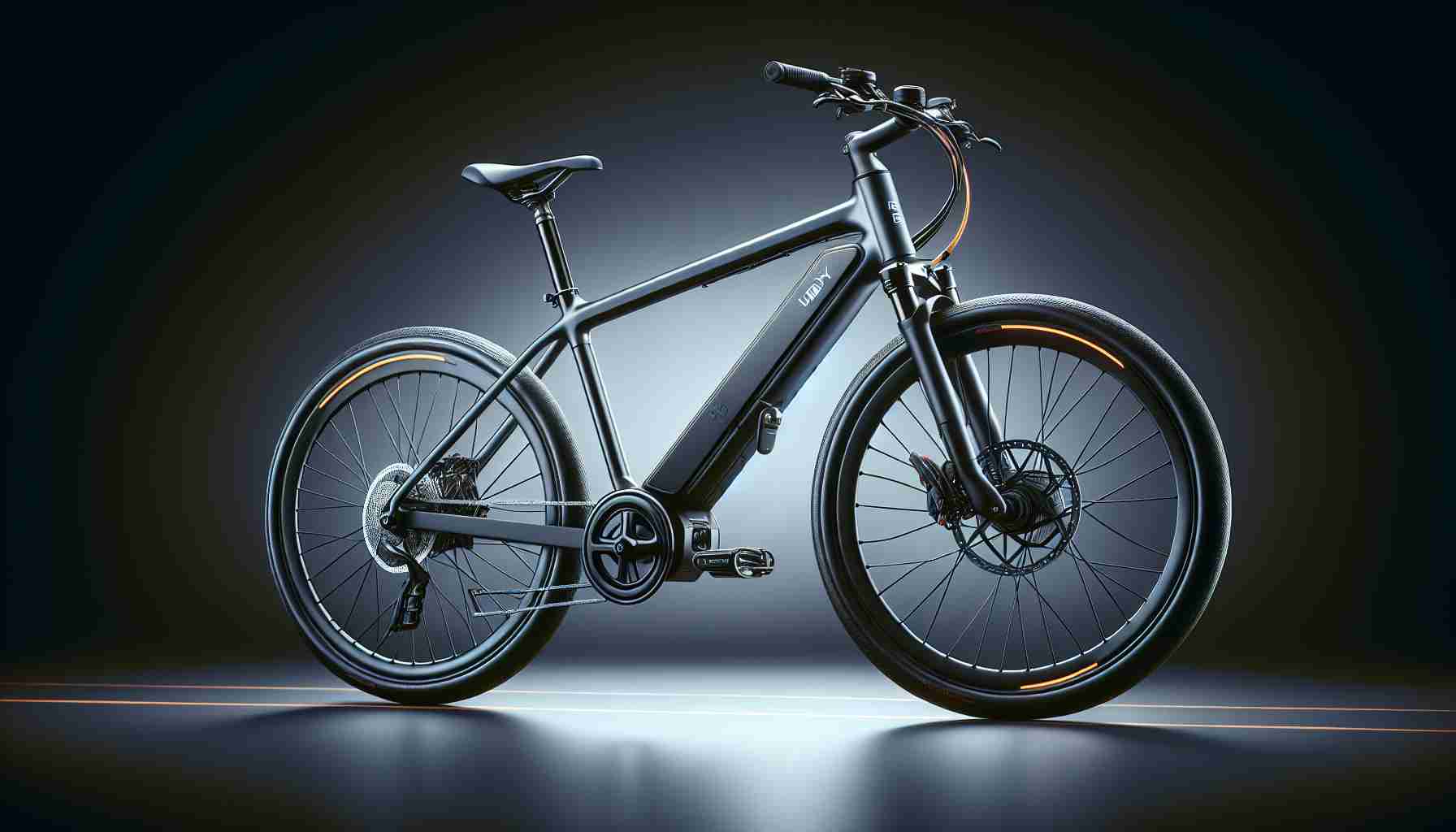- The Wild Atlantic Way in North Kerry faces a significant lack of electric vehicle (EV) charging points, creating challenges for EV drivers.
- Councillor Mike Foley highlighted the absence of any EV chargers on the 70-kilometer stretch between Tarbert and Ballyheigue.
- County Clare contrasts this with a 47kW fast charger at Killimer Ferry Terminal, easing EV travel burdens.
- The deficiency in charging infrastructure threatens both tourism and Ireland’s environmental goals to reduce carbon emissions.
- A proposal exists for a company to install chargers at no upfront cost, pending Kerry County Council’s EV Infrastructure Charging Strategy.
- The council is developing a comprehensive strategy to identify necessary charging infrastructure, though no timeline is set.
- This situation highlights the urgent need for strategic infrastructure development to support the growing popularity of electric vehicles.
Picture this: the majestic expanse of Ireland’s Wild Atlantic Way, where rugged coastline beauty meets untamed ocean waves. Yet, lurking beneath the surface of this scenic route is an electrifying challenge for modern tourists—the conspicuous absence of electric vehicle (EV) charging points in North Kerry. This unexpected deficiency has sparked passionate discussions and calls for urgent action.
At the recent Kerry County Council meeting, Fine Gael Councillor Mike Foley highlighted this glaring gap. As he painted a vivid picture of Tarbert Island Ferry Terminal, the scenic gateway to the Wild Atlantic Way in North Kerry, Foley underscored an alarming fact: the absence of any EV chargers between Tarbert and Ballyheigue, a stretch of nearly 70 kilometers. For EV drivers, this would mean an anxious journey through breathtaking, yet charging-station-sparse landscapes.
A stark contrast to this corridor exists in County Clare, where a 47kW fast charger at Killimer Ferry Terminal provides relief with its rapid replenishing abilities. The disparity is unsettling, especially considering the environmental push towards electric vehicles as Ireland aims to curtail its carbon footprint. Foley warned of the repercussions if this issue remains unaddressed—a potential setback for the tourism industry that thrives along this iconic route.
In a potential glimmer of hope, Foley mentioned an intriguing proposal from a company willing to install EV chargers at no initial cost, in exchange for a share of the ground rent. However, like a ship caught in bureaucratic tides, Kerry County Council must await the finalization of its EV Infrastructure Charging Strategy before setting sail on any decisive actions.
The council has already begun charting this strategy, with engineering consultants steering its development. The comprehensive plan will map the types of charging infrastructure required and their strategic deployment. Yet, a clear timeline remains elusive, leaving stakeholders like Councillor Martin Grady, who seconded Foley’s motion, in anticipation.
What these discussions ultimately signal is a pivotal moment for both local government and industry. As electric vehicles gain popularity, the demand for robust infrastructures like charging stations becomes imperative. Without them, the allure of electrifying the journey along the Wild Atlantic Way might fizzle out, leaving both drivers and the local economy in a lurch.
For now, the road to fully charging this journey continues, marked by enthusiastic debates, strategic planning, and the imperative of embracing an electrified future for Ireland’s treasured tourist landmarks.
Why Ireland’s Wild Atlantic Way Needs an Urgent EV Boost
Pressing Concerns Over North Kerry’s Charging Deficiency
The Wild Atlantic Way is renowned for its picturesque landscapes, alluring tourists from across the globe. Yet, there’s a critical gap that could impact tourism and sustainability efforts: the shortage of electric vehicle (EV) charging points, particularly between Tarbert and Ballyheigue in North Kerry.
Current State and Future Prospects for EV Infrastructure in Ireland
While North Kerry struggles with an EV charging void, County Clare serves as a model with its 47kW fast charger at the Killimer Ferry Terminal. This disparity sheds light on the importance of establishing a more uniform EV infrastructure across Ireland to support both local and international travelers.
Potential Solutions:
1. Private-Public Partnerships: Emulating County Clare’s success by collaborating with private companies interested in installing chargers at minimal initial costs could be a viable solution.
2. Strategic Planning: The Kerry County Council’s development of an EV Infrastructure Charging Strategy is a positive step forward. It should prioritize high-traffic tourist areas and ensure that infrastructure keeps pace with the growing number of EVs on the road.
3. Incentives Understanding: Government incentives for renewable energy and green technology could expedite infrastructure improvements.
Real-World Use Cases
– Tourism Boost: With reliable EV charging stations, the Wild Atlantic Way has the potential to enhance its tourist appeal, drawing in eco-conscious travelers.
– Local Benefit: Robust infrastructure can also bolster the local economy by attracting businesses that cater to an EV-friendly environment, such as EV rental services or green accommodations.
Projections and Industry Trends
The global market for electric vehicles is projected to grow significantly over the next decade. According to a report by the International Energy Agency (IEA), the EV market continues to expand rapidly, with Europe being a significant contributor. Thus, addressing the charging point gap in North Kerry could align with global trends and environmental goals.
Key Considerations
1. Bureaucratic Delays: The Kerry County Council needs to expedite its strategic planning to avoid losing momentum and potential private-sector partners.
2. Environmental Commitment: As Ireland commits to reducing its carbon footprint, enhancing the EV infrastructure is essential.
Actionable Recommendations
– Short-Term Solutions: Temporary mobile charging stations could serve as a stopgap solution until permanent installations are in place.
– Community Engagement: Involving local communities in the planning process can ensure that the infrastructure developed meets user needs effectively.
Conclusion
In conclusion, addressing the EV charging point deficiency along Ireland’s Wild Atlantic Way is crucial not only for tourism but also for sustainability and economic growth. Immediate actions must focus on strategic planning, leveraging private partnerships, and considering short-term solutions while long-term infrastructure is developed. As the world shifts towards greener transportation, Ireland has the opportunity to enhance its natural treasures while supporting environmental goals.
For more insights on sustainable travel and electric vehicles, visit the Irish Government’s official website.










